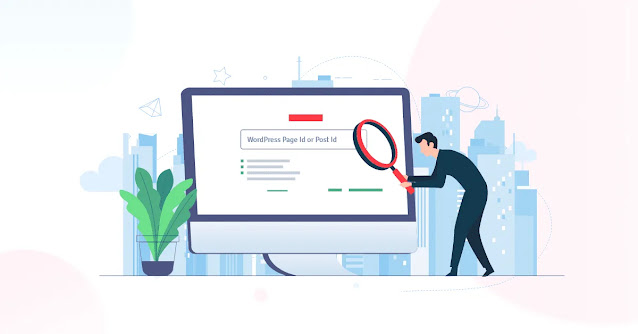Building Your Own Mental Health App [A Step-by-Step Guide]
In today's digital age, where smartphones are ubiquitous, mental health apps have emerged as powerful tools for providing support and resources to those in need. Creating a mental health app can be a fulfilling endeavor, allowing you to make a meaningful impact on the well-being of others while also exploring your entrepreneurial spirit.
Here's a comprehensive guide on how to develop your own mental health app:
Define Your Purpose and Audience: Before diving into development, it's crucial to clearly define the purpose of your app and identify your target audience. Are you aiming to provide meditation guidance, mood tracking, therapy sessions, or a combination of these? Understanding your target users' needs will guide the features and functionalities of your app.
Conduct Market Research: Research existing mental health apps to understand the competitive landscape. Identify gaps or areas for improvement that your app can address. Pay attention to user reviews and feedback to learn from both the successes and shortcomings of other apps.
Choose the Right Features: Based on your research and target audience's needs, decide on the features you want to include in your app. Common features of mental health apps include mood tracking, guided meditation sessions, journaling tools, access to resources and articles, and community support forums.
Design User-Friendly Interface: A user-friendly interface is essential for engaging users and ensuring they can navigate your app with ease. Prioritize simplicity and clarity in design, with intuitive navigation and clear instructions for using various features.
Ensure Data Privacy and Security: Given the sensitive nature of mental health data, prioritize data privacy and security measures. Implement encryption protocols, secure login procedures, and ensure compliance with relevant data protection regulations such as GDPR or HIPAA.
Develop and Test Your App: Once you have a clear vision and design for your app, it's time to develop and test it. Collaborate with experienced app developers to bring your vision to life, ensuring that the app functions smoothly across different devices and platforms. Conduct thorough testing to identify and address any bugs or usability issues.
Launch and Promote Your App: After rigorous testing and refinement, launch your app on relevant app stores such as the Apple App Store and Google Play Store. Develop a marketing strategy to promote your app, leveraging social media, influencer partnerships, and targeted advertising to reach your target audience.
Gather and Incorporate Feedback: Listen to user feedback and continuously iterate on your app to improve user experience and functionality. Regular updates and enhancements based on user input will help your app stay relevant and competitive in the market.
Building a mental health app is not just about coding; it's about understanding the needs of your target audience and providing them with valuable support and resources. By following these steps and staying committed to your vision, you can create a mental health app that makes a meaningful difference in people's lives.




Comments
Post a Comment